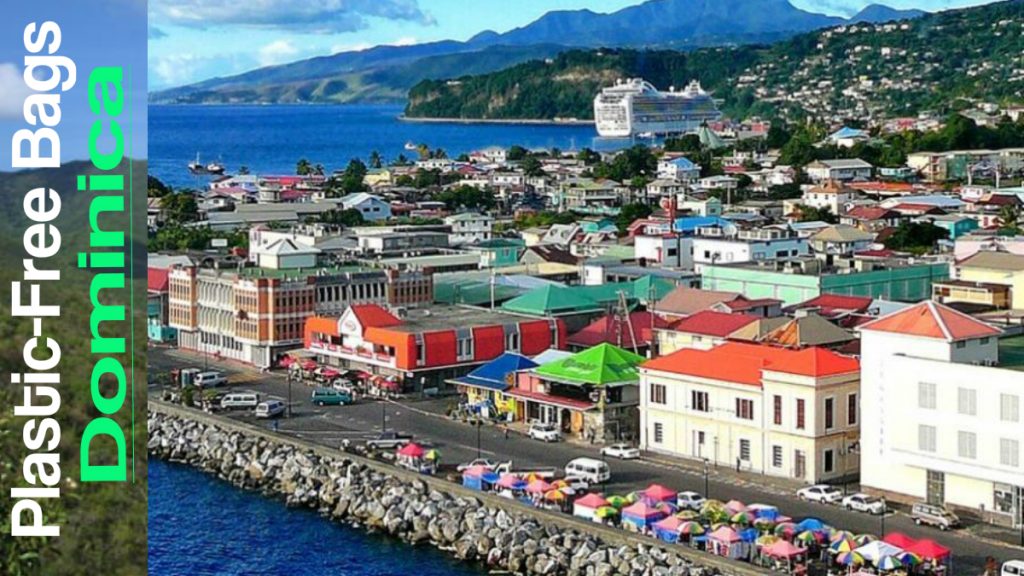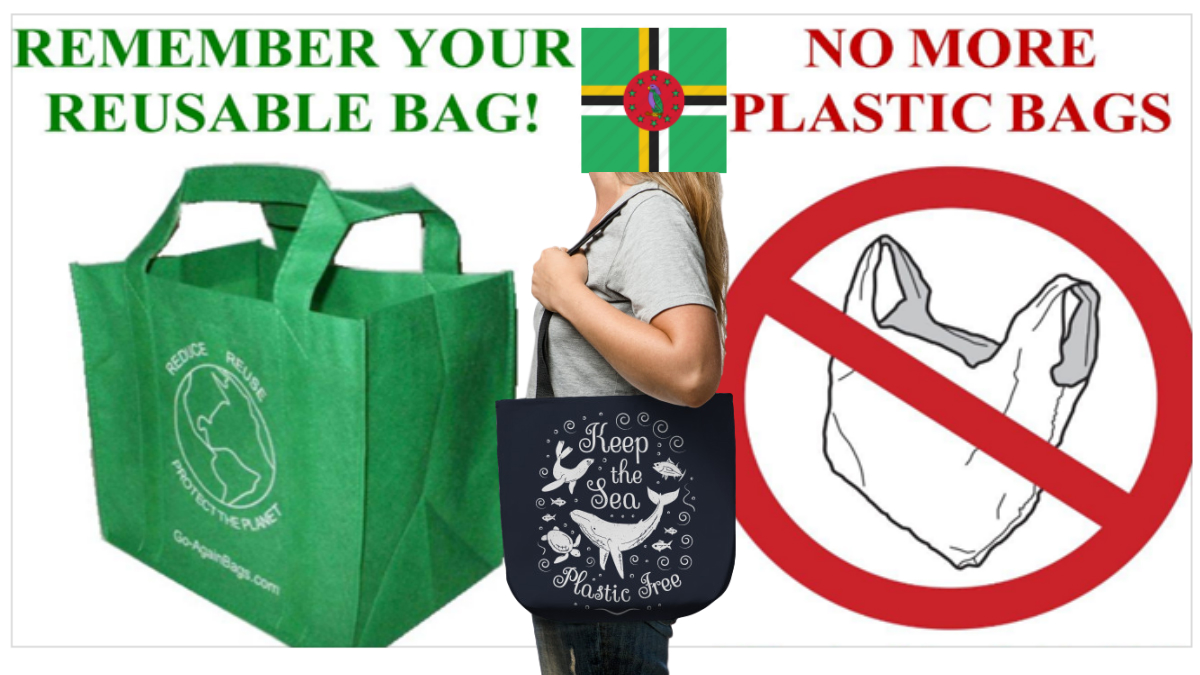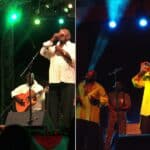Plastic-free bags for all its people say the Government of Dominica. The Government is providing the entire population with the plastic-free bags in its decision to ultimately go green.
On Friday, the Dominica Government stated that it would provide all households on the island with jute and cotton bags to use as a sustainable alternative to plastic bags. The ‘Go Green Dominica’ initiative follows a comprehensive ban on all single-use plastic and Styrofoam containers, effective January 2019, and the application of 0% import duty on authenticated biodegradable products and reusable shopping bags as of December 2018.
Visitors to the island are encouraged to adopt the Dominican way of life, which is deeply rooted in caring for the natural environment. The island’s ecotourism sector is flourishing as new eco-conscious luxury resorts continue to develop thanks to Dominica’s world-leading Citizenship by Investment (CBI) Programme. Hoteliers work with their local communities to provide guests with ethically sourced, fresh produce. Meanwhile, individuals and families from around the world continue to support Dominica’s journey towards climate resilience by obtaining its citizenship via the CBI Programme.
In 2017, category-five Hurricane Maria hit Dominica and caused damages worth more than twice its GDP, at a time when the island was still recovering from Storm Erika in 2015. Speaking at the United Nations General Assembly in New York, the island’s Prime Minister Roosevelt Skerrit said that “72,000 Dominicans lie on the frontline of a war they did not choose. A war with extensive casualties that they did not start, he pointed out. While the big countries talk, the small island nations suffer. We need action, and we need it now, The leader of Dominica Labour Party let Government said.
Ever since the Dominican Government has directed hundreds of millions towards economic transition and recovery efforts. Besides major infrastructural rehabilitation and reinforcement, entire dislocated communities around the island are getting free modern homes, newly built in safer areas, able to withstand the harshest weather disasters. The project is known as the ‘Housing Revolution’ and will comprise 5,000 units across the island. Soon, Dominica’s whole population will also have green energy from the geothermal plant currently being developed, with the potential to share it with its neighboring islands.
Dominica inches closer to its ambitious goal to become the world’s first climate-resilient nation, as pledged by PM Skerrit after 2017’s Hurricane Maria. He believes that, as the Nature Isle of the Caribbean, Dominica “must in every way preserve and reflect that designation.”
About Dominica, The Common Wealth Of Dominica

Dominica (/ˌdɒmɪˈniːkə/ DOM-ih-NEE-kə or /dəˈmɪnɪkə/ də-MIH-nih-kə; French: Dominique; Island Carib: Wai’tu Kabuli), officially the Commonwealth of Dominica, is an island country in the Caribbean. The capital, Roseau, is located on the western side of the island. It is geographically situated a part of the Leeward Islands chain in the Lesser Antilles archipelago in the Caribbean Sea. The island is located near Guadeloupe to the northwest and Martinique to the south-southeast. Its area is 750 km2 (290 sq mi), and the highest point is Morne Diablotins, at 1,447 m (4,747 ft) in elevation. The population was 71,293 at the 2011 census.
The Arawak arriving from South America in the 5th century settled on the island. The Island Caribs or Kalinagos displaced the Arawak violently by the 15th century. Columbus is said to have passed the island on Sunday, 3 November 1493. It was later colonized by Europeans, predominantly by the French from the 1690s to 1763. The French imported enslaved people from West Africa to Dominica to work on coffee plantations. Great Britain took possession in 1763 after the Seven Years’ War, and it gradually established English as its official language. The island republic gained independence in 1978.
Its name pronounced with emphasis on the third syllable, is related to its French name of Dominique. Dominica is better known for nicknamed the “Nature Isle of the Caribbean” for its natural environment. It is the youngest island in the Lesser Antilles, and in fact, it is still being formed by geothermal–volcanic activity, as evidenced by the world’s second-largest hot spring, called Boiling Lake.
He island has lush mountainous rainforests, and it is the home of many rare plants, animals, and bird species. There are xeric areas in some of the western coastal regions, but heavy rainfall occurs inland. The sisserou parrot, also known as the imperial amazon and found only on Dominica, is the island’s national bird and featured on the national flag, which is one of only two national flags containing the color purple (the other being Nicaragua).






